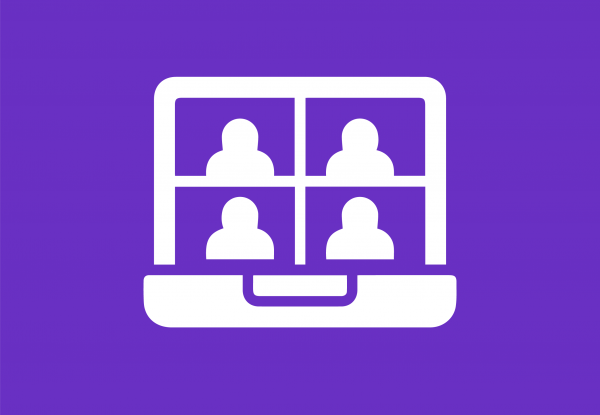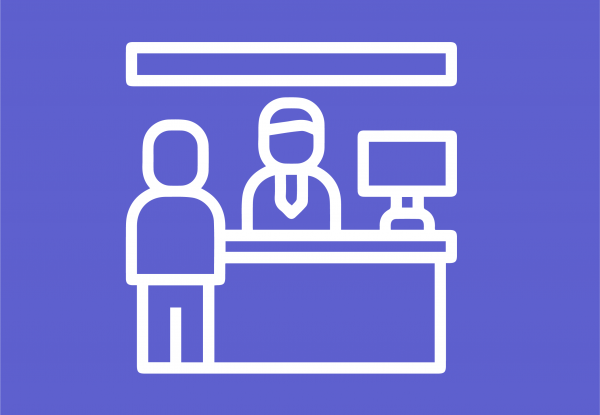Strengthen your research with expert support—guiding you in discovering, navigating, and utilizing essential resources for your academic pursuits.
The library's Information Desk is open during library hours to assist you with basic research questions and find books and articles. Basic and advanced research support is provided over email, and with 1:1 research consultations with a Leddy librarian.
The library's Information Desk is open during library hours to assist you with basic research questions and find books and articles. Basic and advanced research support is provided over email, and with 1:1 research consultations with a Leddy librarian.







Connect with your library